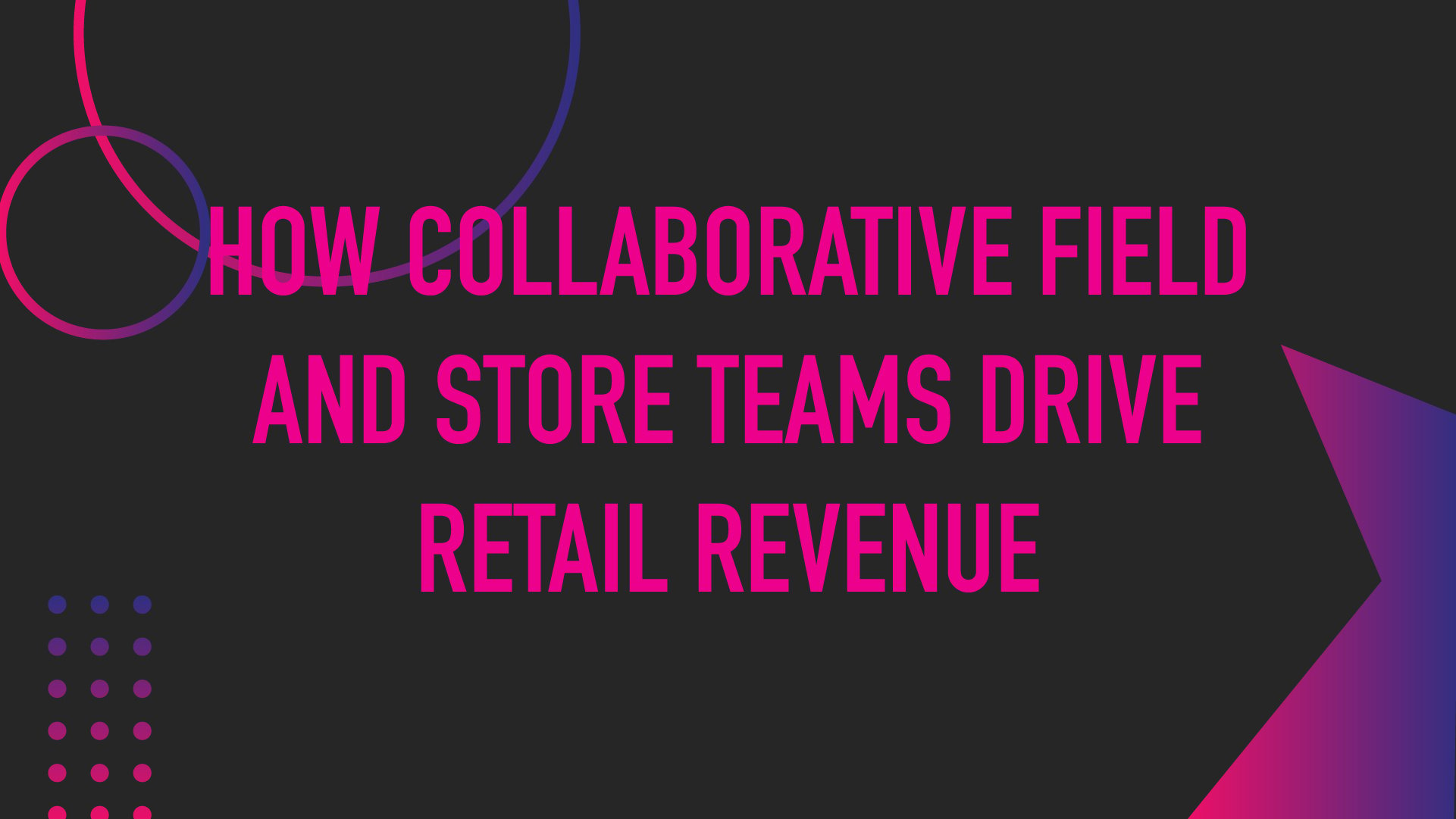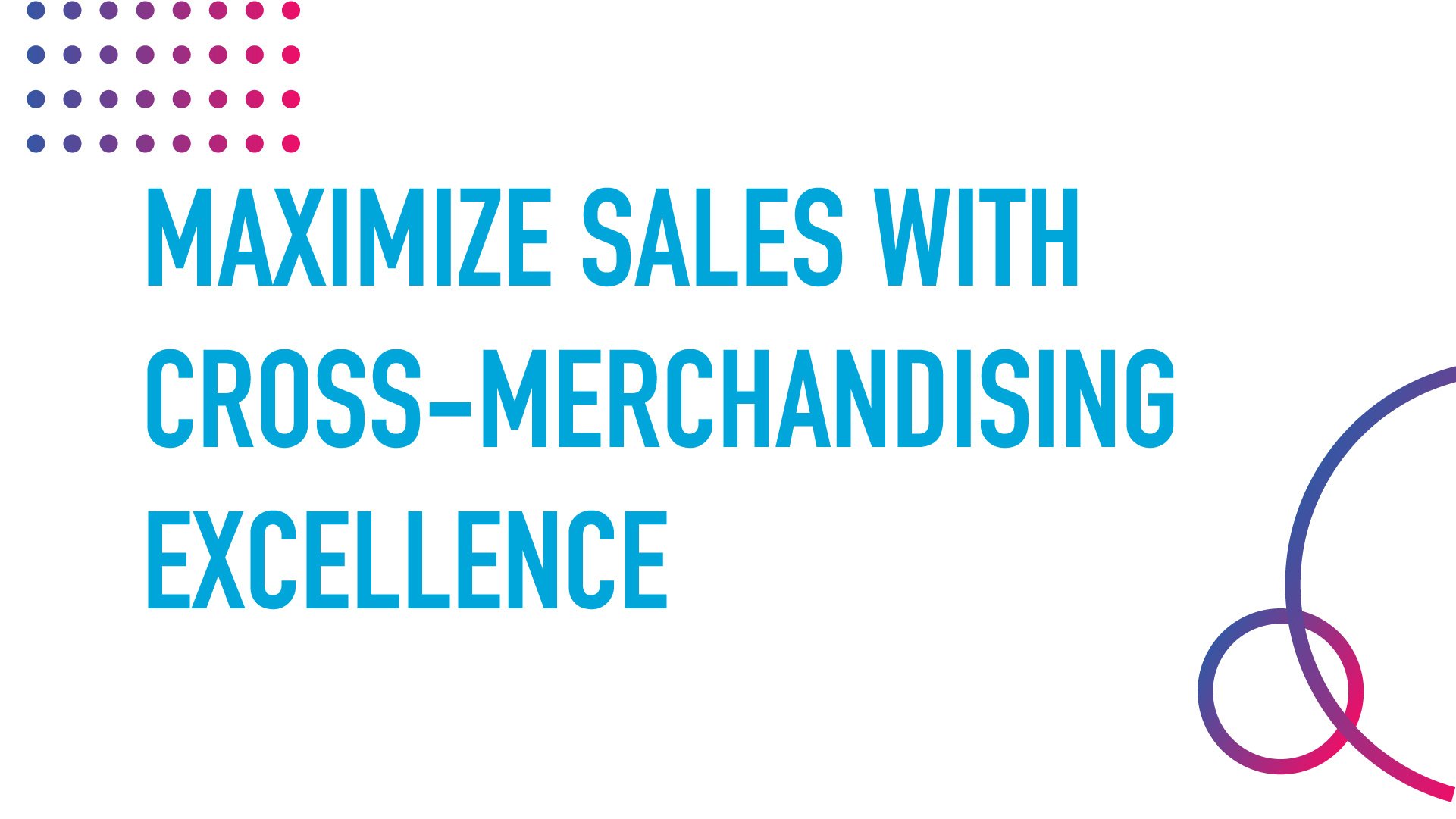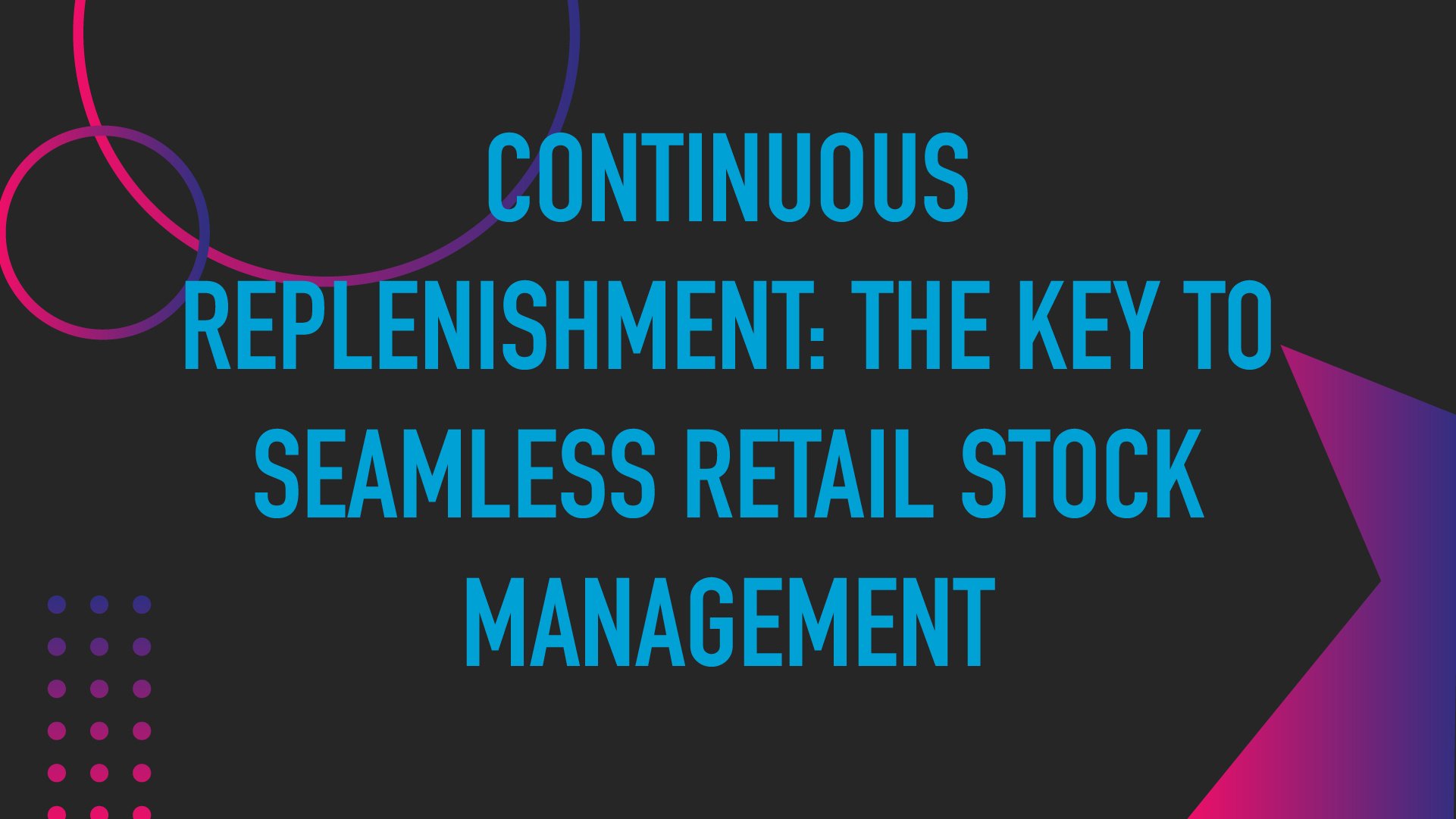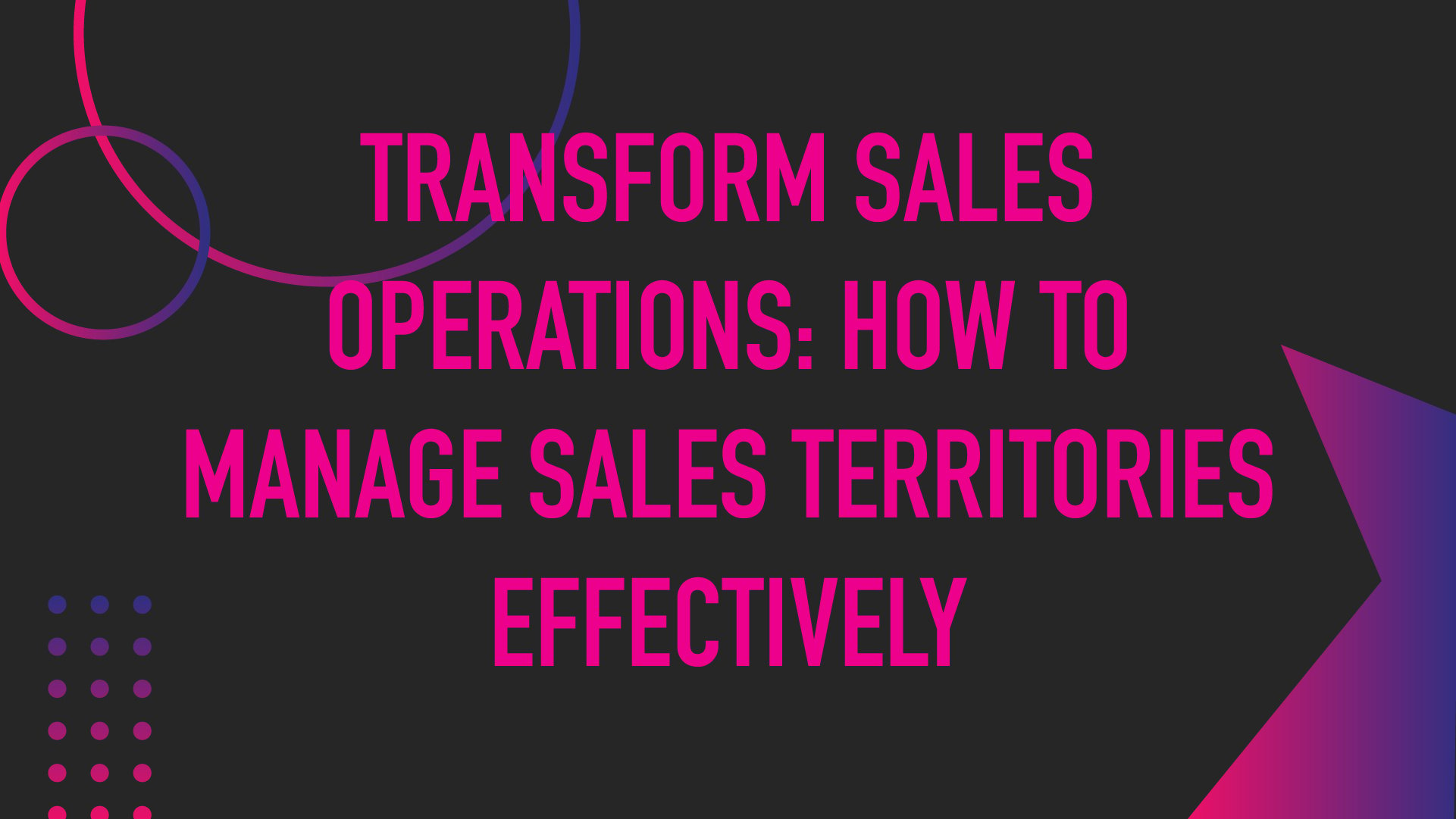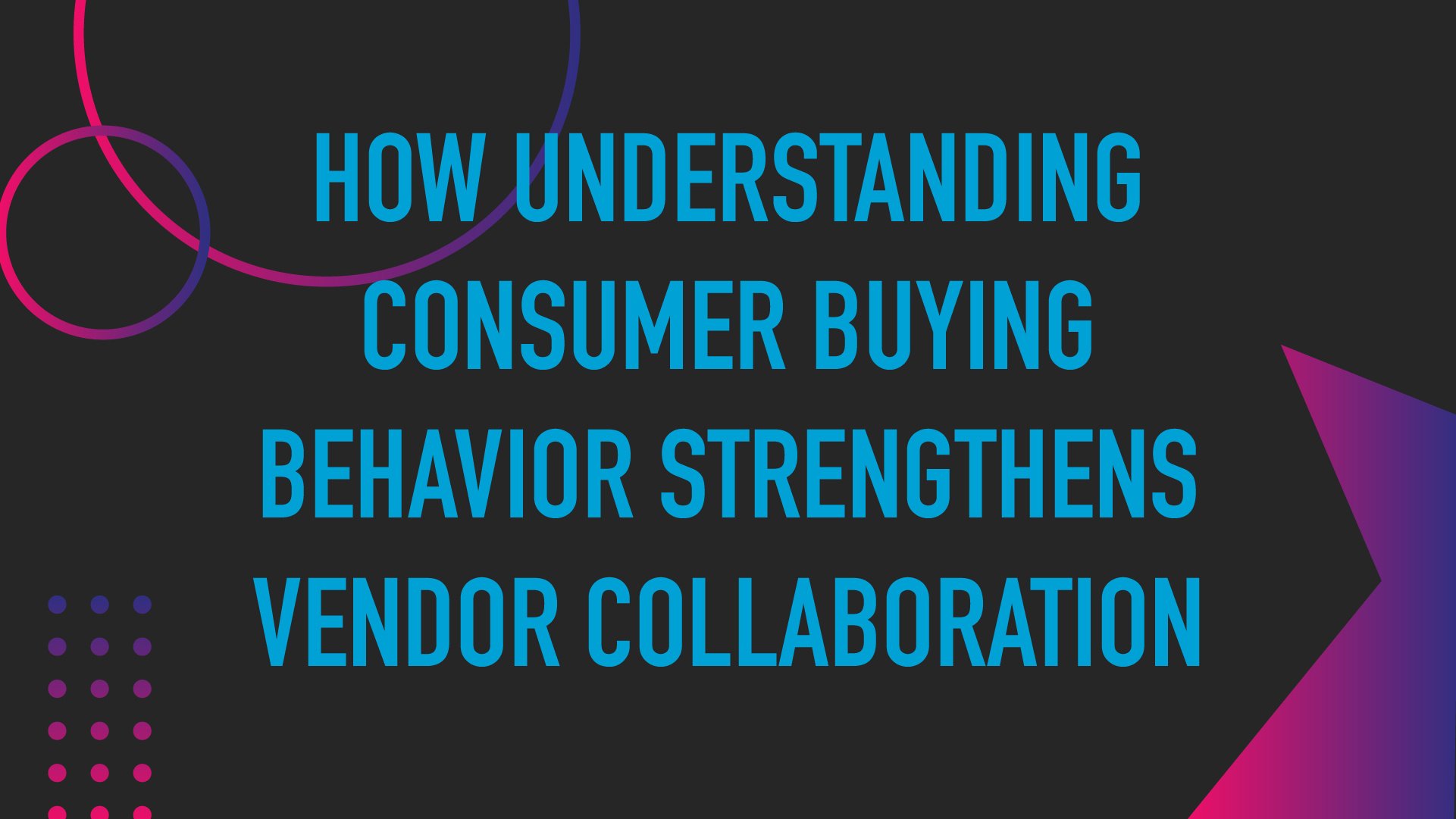So, You're Ready to Improve Retail Execution. Now What?

Audit Your Business - Where Can You Level Up?
While you may be able to recognize that your company has some struggles with retail execution, it’s not always easy to identify exactly where there are gaps or quickly define the problems.
In order to tackle the issues and get your teams headed toward improved retail execution, you may need to do a little legwork and a lot of critical thinking on the front end – but if you put in the work, it will the worth the dividends you’ll receive in the long run.
E’s of Use:
Here are some suggestions (which just all happen to start with E) for creating a “problem-solving filter” – helping you work through the process of identifying, defining and documenting problems and pain points as part of your move-forward planning:
Establish your vision of success.Before you look for a solution, determine how you will measure success. Ask yourself what the situation would look like without the problem or how things would be better once the problem is solved. This is a good place to start thinking about the scope of the project, who will be involved, and what type of investment is needed.
Explore your current company landscape.Think about a day in the life of your business and notice where you are seeing recurring obstacles or problems, what impact it has on your productivity, the consequences of not solving the problem, as well as any emotions the problem is creating for your team.
Examine the issues.Once you have a clear picture of your situation, draft a basic problem statement by filling in the blank in the statement below – this helps you focus and whittle things down to their simplest possible form.
“The problem that we are trying to solve is: ___________.”
Start digging into the issues – once you have your problem statement drafted, ask yourself, “Why is that a problem?” Often this exercise leads to responding with even more problems, but don’t get overwhelmed – this just means you’re headed into deep problem-solving mode – keep going!
If you find that you’re answering your question with more problems, the dig deeper and ask, “Why is that a problem?” Now, rinse and repeat until you are able to land on the obvious source of all of the problems you’ve identified, or you are able to identify the consequences of not solving the problem.
If you’re familiar at all with Six Sigma, you may have learned about the "five why’s'' technique for process improvement outlined by that program but, honestly, sometimes it can be nailed down with as few as one “why” and, other times, it may take up to ten. Ask as many times as needed, until you get to the source problem (that’s usually the one that surfaces unexpected consequences of not correcting the issue.) You may feel like you’re trapped in a conversation on the “but WHY?” loop with your toddler, but take heart, this really IS going somewhere. Be patient.
EvaluateNow that you’ve done all the work to establish WHAT the problems and obstacles are, next it’s time to start brainstorming actionable solutions.
- List possible solutions. Park yourself at a dry erase board or use post it notes to capture each idea and start listing possible solutions. Brainstorming rules apply here, good ideas come from lots of ideas, so don’t shoot anything down at this point. Just capture it all first. ALL of it.
- Look at your options. Once you have everything listed in one place, start reviewing. What ideas are contenders? What are the pluses and minuses? Be honest in your review – what are the most realistic solutions or things that you can do right away to make impactful change?
- Select an option or options. Once you’ve determined which option is the best for you to pursue, you may also want to figure out if there’s a way to “bundle” multiple options together to get the best possible solution.
- Revisit the Issue. Set a date with your team to come back after a set amount of time, say 90-days, to revisit an issue. This allows you to course correct, or drill down to find out what hasn’t improved or is still causing problems for your team.
Here you are, our dauntless hero, ideas and solutions in hand. Now what?
Now, we document everything. Writing it all down will help you think through all the details and implications. You know your business well enough to start thinking through any contingency scenarios – if conditions change, you are armed with the knowledge to help your team plan for “if/then” circumstances.
Engage a partner.Once you have done all your homework, you can start searching for technology solutions or business partners who can help address your needs. You can open up an RFP (request for proposal) to audition companies & find someone who is "right-sized" for your business, offers an out-of-the box solution that's plug and play for your needs - or even offers customization, creating software designed to resolve your unique problems.
Knowing clearly where you need help will provide “runway lights” to show where you best align with these companies. It will make searching for companies with specific specialties and features go much quicker. You’ll be able to search for someone with a product that was created to solve your exact problems. The right partner can help you create solutions and remove obstacles that will push your business across the goal line.
Actively working through problem identification this way – defining the opportunities – helps prevent you from wasting time and resources on poorly defined problems.
Choose Your Own Adventure
Following this loose outline can also help you decide honestly if a problem is worth solving – once you’ve established how much time, effort and resources are required to fix it, you may determine that it’s not enough of an issue to tackle, once you look at it in the grand scheme of things - or you'll have a clear plan drawn out for what needs to be addressed and can choose your own adventure, moving forward confidently having done all your research.
Being armed with this level of real, honest evaluations about your company and its strengths, weaknesses, opportunities and how to make improvements provides you with a deep level of ownership in your work – and can benefit your teams and clients, like a great insurance policy, toward really building a solid foundation for your business.
Need to back it up? Learn what's at the heart of retail execution.
featured content
featured content

The Importance of On-Shelf Availability in Retail: Why Keeping Items Stocked is Critical for Competitiveness in 2026
Learn why on-shelf availability is critical in today's retail store environment
